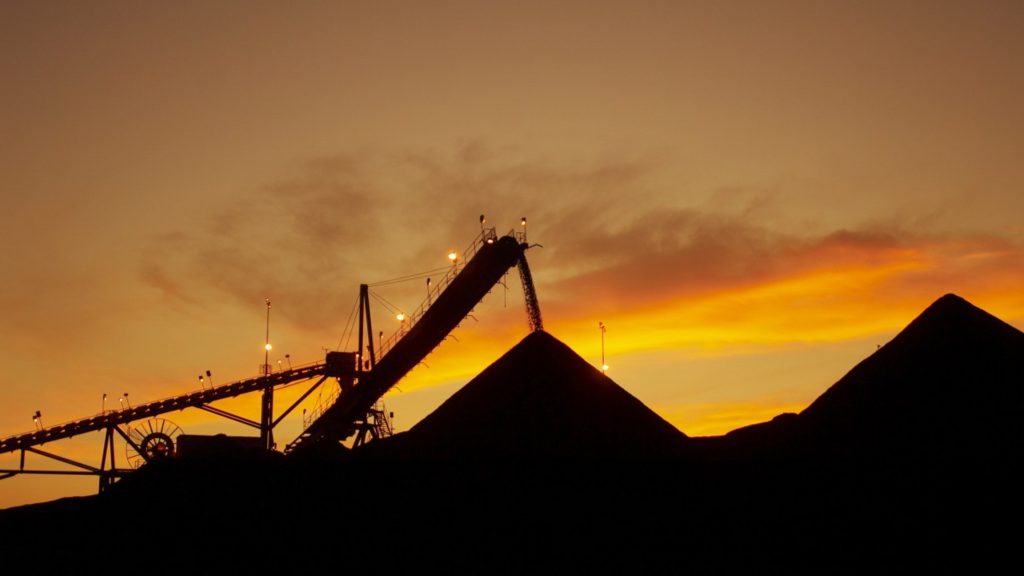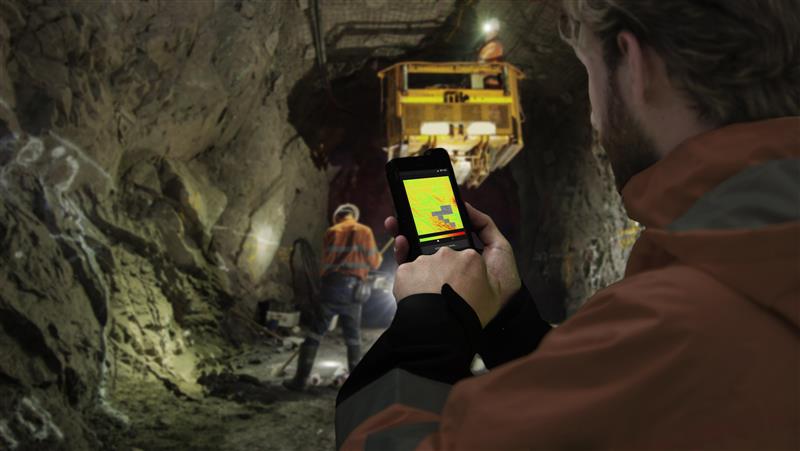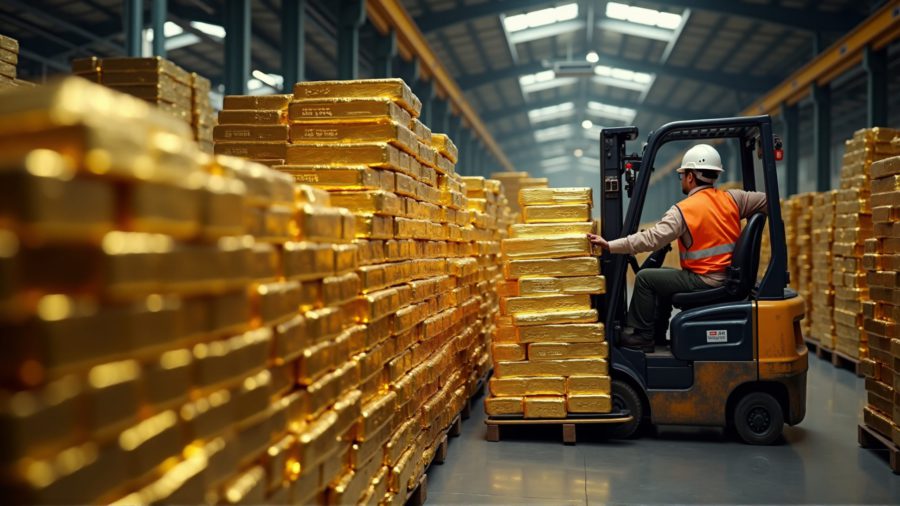Australia, South Africa miners eye options as Europe makes desperate calls

Australian and South African miners are exploring ways to supply coal and metals consumers in Europe scrambling for alternative sources to Russian supply, but logistics and cost constraints make it difficult to rapidly boost output, companies said.
Prices of palladium, coal and other commodities have skyrocketed since Russia’s Feb. 24 invasion of Ukraine, while sanctions on Moscow drive Western consumers to replace Russian supply.
Customers are approaching suppliers they have no existing relationships with, desperate to secure the commodities, major producers said. Miners typically utilize long-term contracts, making surplus supply scarce.
Palladium, used by automakers in engine exhausts to reduce emissions, hit a record high on Monday before easing back. Russia accounts for 25-30% of the world’s palladium supply.
South Africa’s Sibanye-Stillwater, the world’s largest primary producer of platinum, said some clients have asked about its ability to produce more platinum group metals (PGMs) but that it has very little flexibility to increase production in “any material way” in the short to medium term.
“Accelerating projects is possible but … this is not a quick fix and will generally still take months or even years before the benefits are apparent,” Sibanye said in responses to Reuters’ questions.
Automakers, who use palladium in engine exhausts to reduce emissions, will start substituting platinum for palladium if palladium prices stay high, Sibanye CEO Neal Froneman said last week.
The auto industry is expected to account for 42% of overall demand for platinum this year, up from 37% in 2021, the World Platinum Investment Council forecast on Wednesday.
Platinum prices have also risen due to uncertainty over Russian supplies, but more mutedly as platinum is forecast to remain in oversupply this year.
South Africa’s Impala Platinum, the world’s third-largest producer of PGMs, also said it has limited capacity to plug the gap left by Russia’s palladium supplies. Russia’s Norilsk Nickel alone produces around 38% of global palladium and 11% of global platinum, Sibanye said.
While miners are benefiting from the rise in metal prices, Sibanye’s Froneman cautioned that supply chain disruptions could have a destructive impact on demand further down the line.
More costly metals are also a headache for carmakers hoping to make electric vehicles more affordable.
Shunning Russian coal
Companies in Europe, which relies on Russia for 70% of its coal supplies, are also turning to Australian miners for supply of the fuel.
“Due to the conflict, we are fielding requests from Europe for security of met coal supply,” said Gerhard Ziems, group chief financial officer of Coronado, one of the world’s largest producers of metallurgical coal, used in steelmaking.
Coronado will boost output to about 18-19 million tonnes (Mt) in 2022 from 17.4Mt last year, he said. Ziems estimated the Russia exports about 45 million metric tonnes of met coal per year.
“In circumstances where the international community is shunning Russian coal, supply shortfalls need to be sourced from elsewhere which includes established markets such as Australia and the U.S. in which Coronado operate,” he said.
Australia’s top independent producers, Whitehaven Coal and New Hope Group, said they have been approached to supply countries, including Poland, which have traditionally relied on Russian coal, and the latter said it was looking at ways to supply the European market.
“We have a mix of contracted and spot sales which allows us to take advantage of tactical opportunities in the market,” a Whitehaven spokeswoman told Reuters.
The Australian government said last week that it would help its coal-importing Western allies to find alternatives to Russia for supplies by connecting them with local producers.
Glyn Lawcock, head of mining research at Barrenjoey, said while the idea appeared simple, the execution was not, as Australian miners were already flat out.
“It’s not like people have volumes sitting there to give out. Ukraine/Russia produces high grade pellets for markets… there is no one sitting on surplus material,” Lawcock said.
In a sign of how tight the market is, coal prices for loading at Newcastle – the world’s biggest coal port on Australia’s east coast – rocketed to a record $440 a tonne last Wednesday, a five-fold jump from a year ago.
Australian Resources Minister Keith Pitt said this was an opportunity for Australian miners, and called for expansion of coal mines in the country, as these could help desperate European nations wean themselves off Russian coal.
(By Helen Reid, Praveen Menon, Nelson Banya and Clara Denina; Editing by Alex Richardson)
More News
Study confirms drop-in electrode technology enables 10 minute EV charging at -10 °C
April 14, 2025 | 04:06 pm
Newmont deploys Ericsson private 5G at Australia’s largest underground mine
April 14, 2025 | 01:20 pm
{{ commodity.name }}
{{ post.title }}
{{ post.date }}




Comments